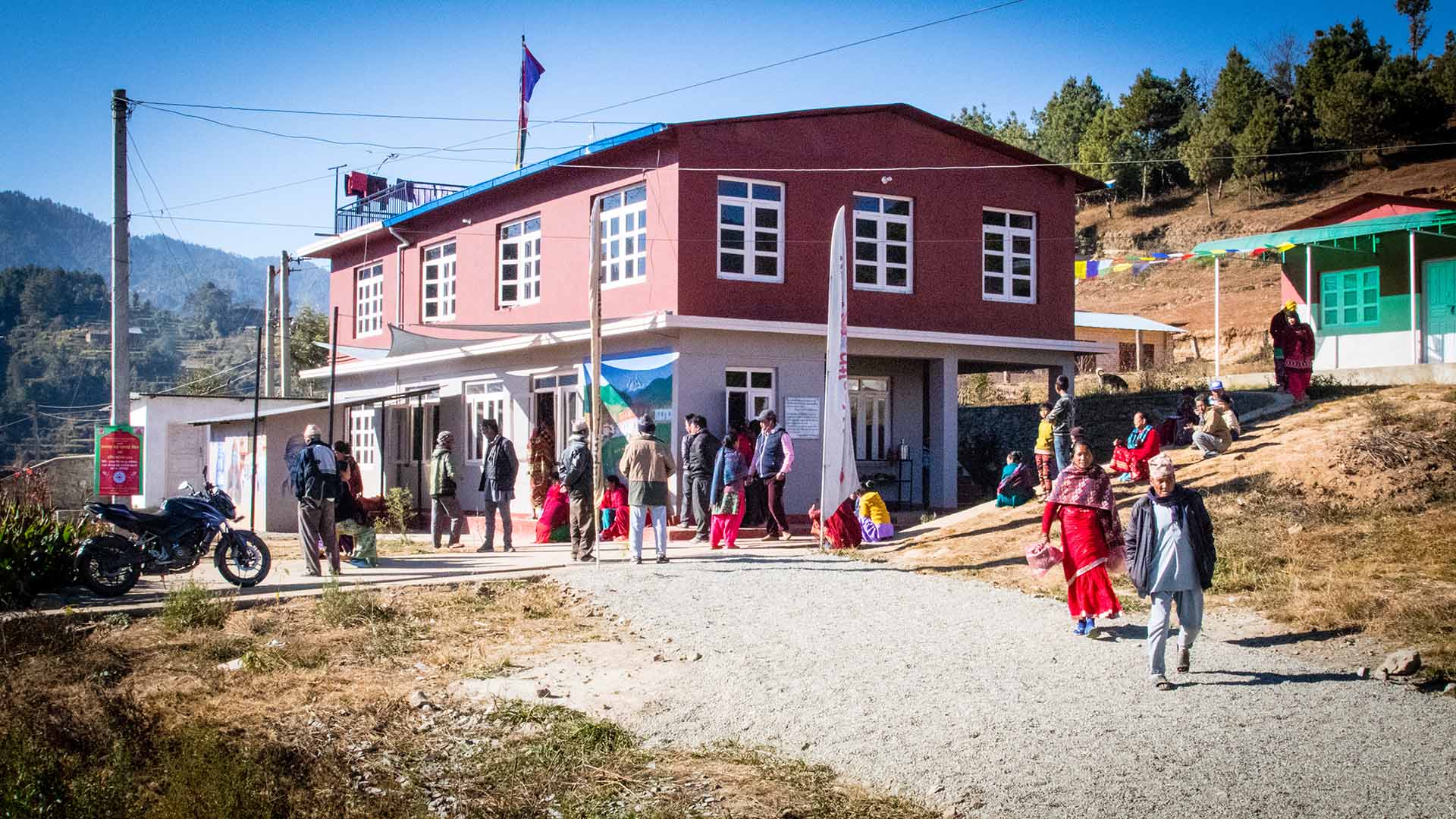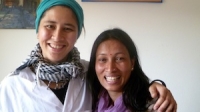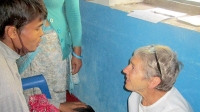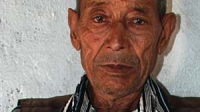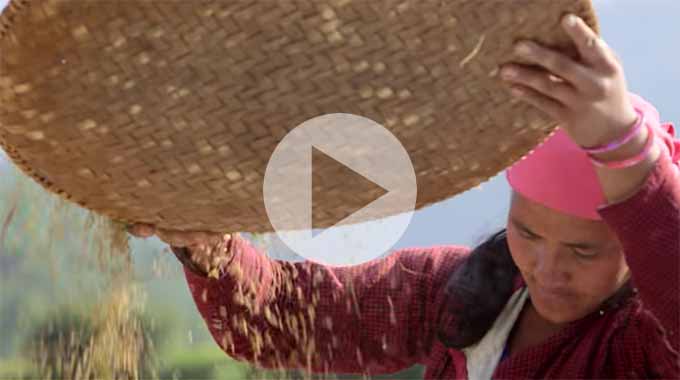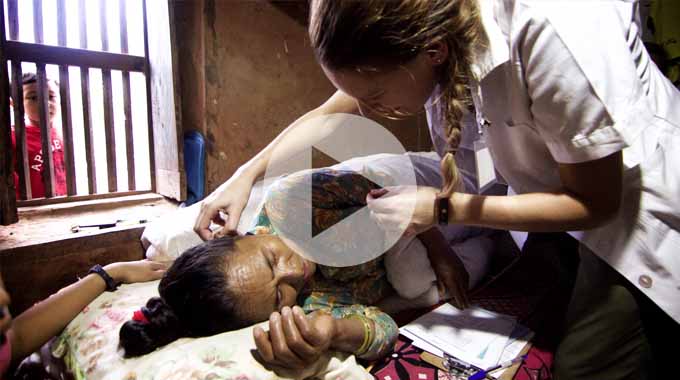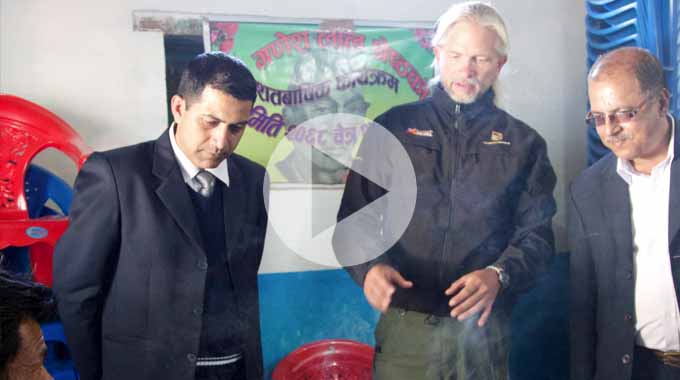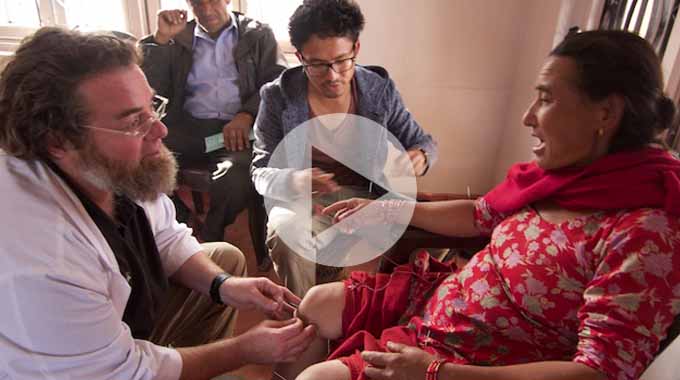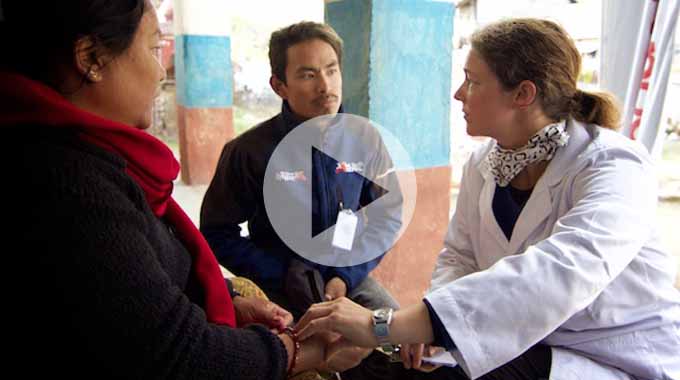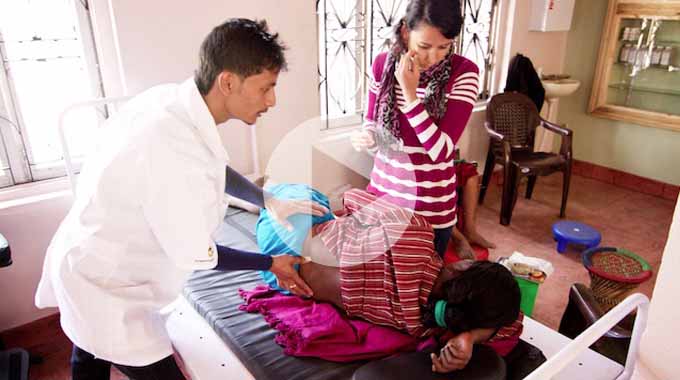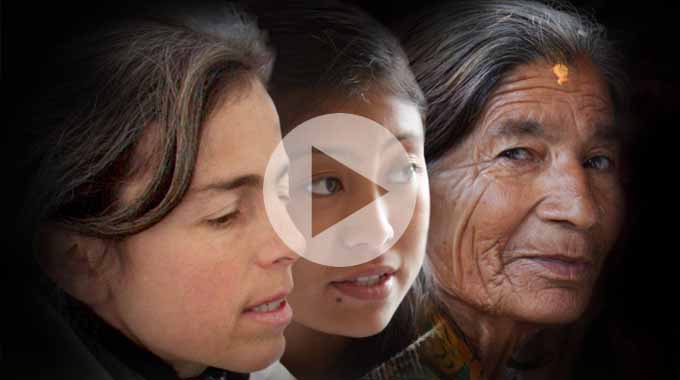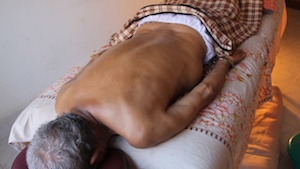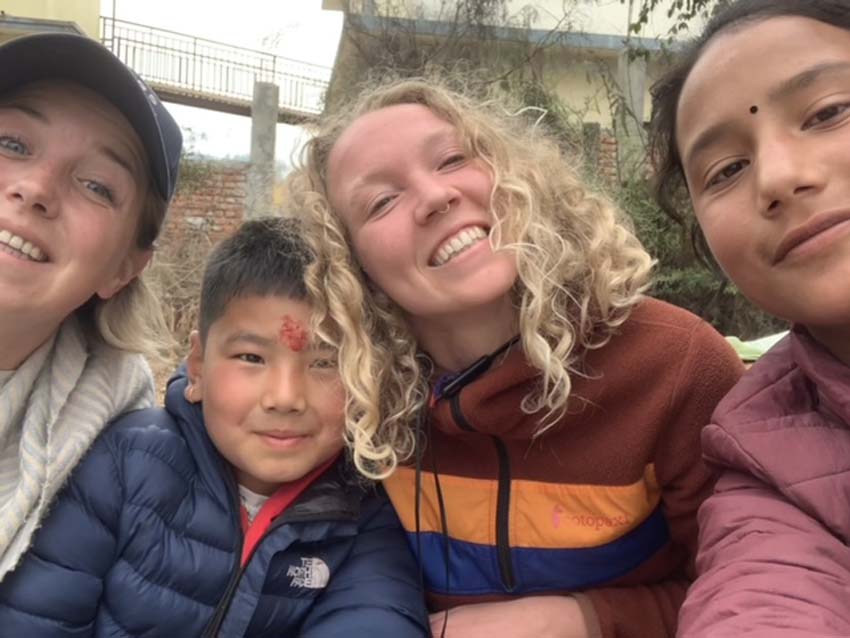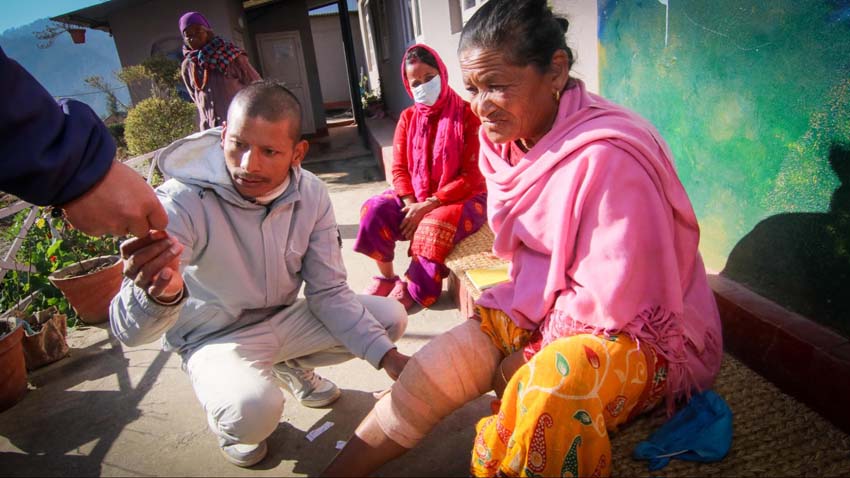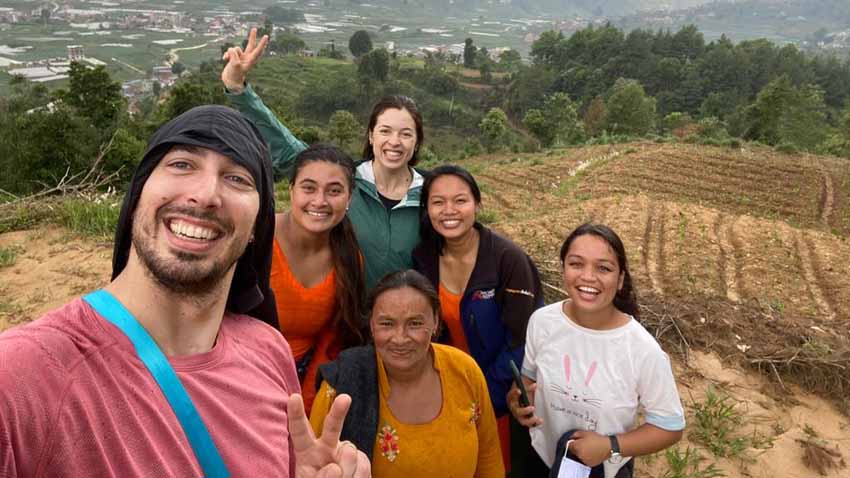Nepal, home to eight of the world’s highest mountains—including Mt. Everest—is a landlocked country in South Asia known for its dramatic landscapes and deep cultural and spiritual heritage. Within a relatively small territory, the terrain shifts from subtropical lowland jungles to the high Himalayan range, creating extraordinary ecological and cultural diversity. The Kathmandu Valley, with more than two million residents, remains the country’s political, cultural, and economic center.
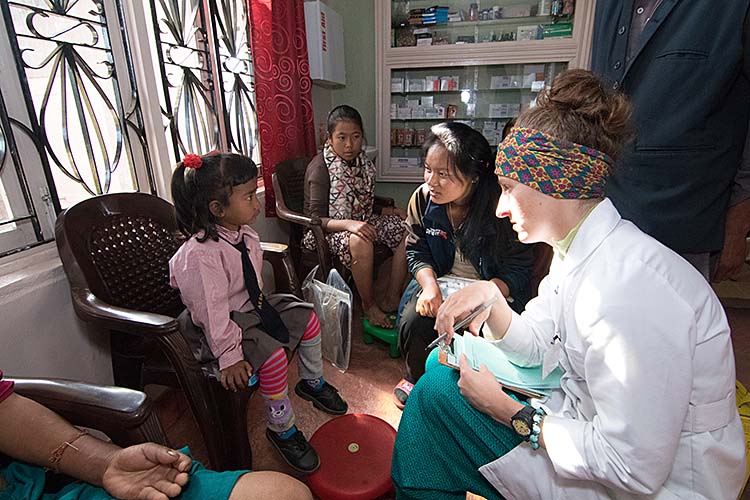
Nepal’s modern political history has been shaped by rapid transitions. After the restoration of multiparty democracy in 1990, political instability grew, culminating in a decade-long civil conflict between Maoist insurgents and government forces beginning in 1996. More than 11,000 people lost their lives and hundreds of thousands were displaced. The conflict formally ended in 2006, when the monarchy ceded power and the nation entered a period of constitutional restructuring. By 2008, Nepal had abolished its monarchy and established a federal democratic republic—an achievement that remains remarkable in South Asia.
Although Nepal has made substantial progress in rebuilding political systems and expanding basic services, it continues to face significant development challenges. It remains one of the lowest-income countries in the world, with the majority of the population living in rural areas where access to healthcare, infrastructure, and economic opportunity is limited. The migration of young adults abroad for work—primarily to India, Malaysia, and the Gulf States—has become a defining feature of Nepal’s economy, helping many families escape deep poverty but also contributing to weakened community structures and uneven access to care.
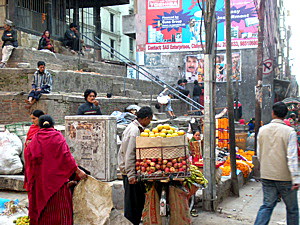 These factors create a complex healthcare landscape. Rural communities often struggle with limited access to qualified medical advice, inconsistent supply chains, and the rising burden of non-communicable diseases (NCDs) such as diabetes, hypertension, and chronic musculoskeletal pain. Traditional beliefs and local healing practices remain important cultural resources, yet many conditions require longitudinal, integrated care that is seldom available in remote settings.
These factors create a complex healthcare landscape. Rural communities often struggle with limited access to qualified medical advice, inconsistent supply chains, and the rising burden of non-communicable diseases (NCDs) such as diabetes, hypertension, and chronic musculoskeletal pain. Traditional beliefs and local healing practices remain important cultural resources, yet many conditions require longitudinal, integrated care that is seldom available in remote settings.
Acupuncture Relief Project chose Nepal because the need is profound, the potential for meaningful collaboration is strong, and communities consistently demonstrate an extraordinary willingness to engage in sustained, relationship-based healthcare. Over the past decade, ARP and its Nepali partners have worked to develop the Healthy Lifestyle Center (HLC) model—an approach that pairs frequent, hands-on clinical care with risk-factor surveillance, patient education, and community-driven decision-making.
In Nepal’s challenging terrain and evolving healthcare system, even modest increases in access to accurate diagnosis, appropriate treatment, and ongoing follow-up can produce substantial improvements in individual and community health. Our commitment is rooted not only in addressing immediate symptoms, but in strengthening local capacity, supporting Nepali clinicians, and contributing to a more resilient and equitable healthcare future.
